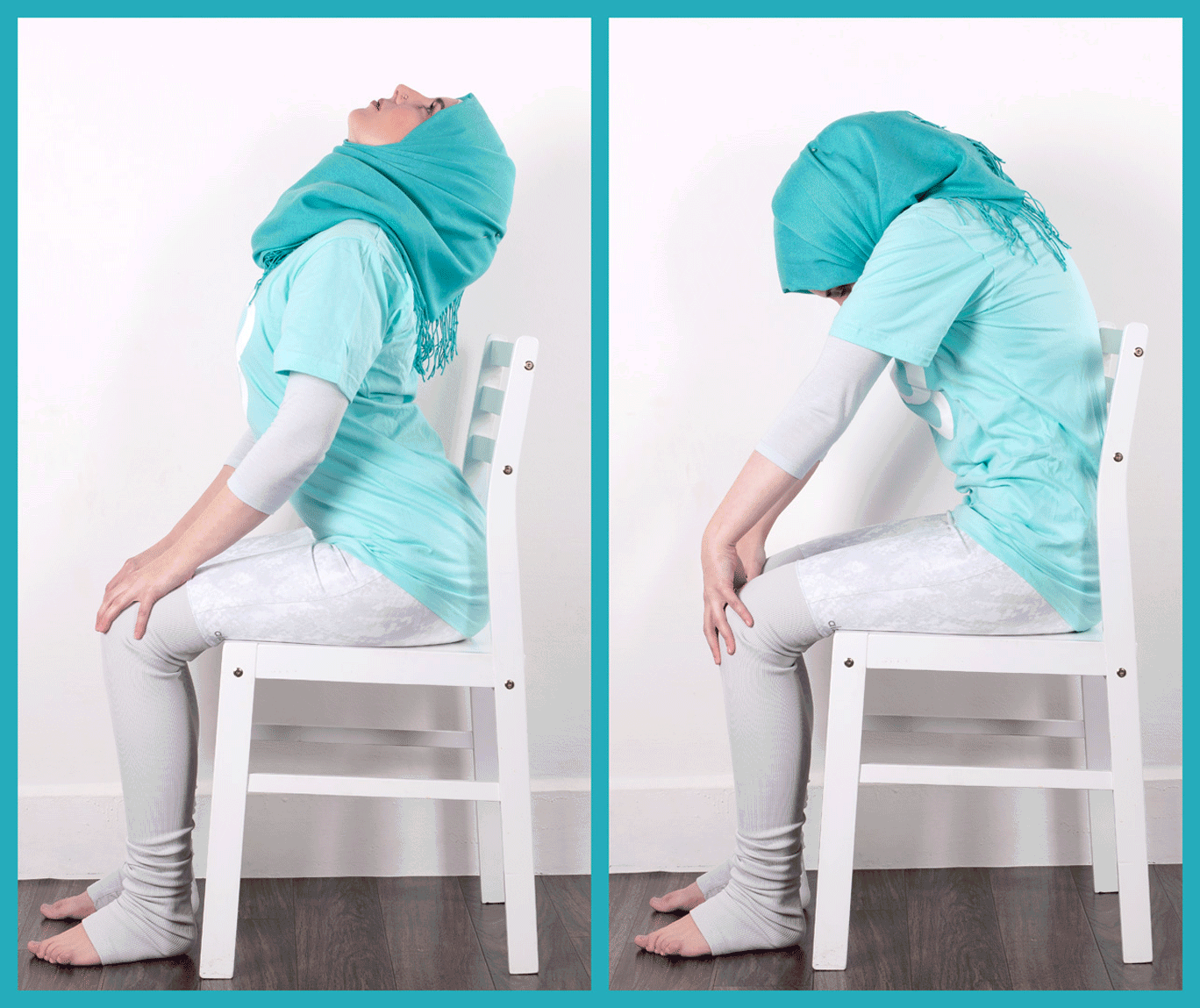Yoga for translators and digital nomads

Most Gengo translators know me as their Community Manager. What they don’t know is that when I’m not working online, the likelihood of me doing a forearm stand or backbending on my mat is extremely high. I’ve been practicing yoga for eight years and acquired my 200-hour teacher certification from Arhanta Yoga Ashram in India six years ago. I’ve also been teaching hatha yoga in Morocco for the past four years, and I’m planning to open my own yoga studio in February 2017 (while still managing the community, of course!)
As a former translator and digital nomad, I definitely appreciate the advantages that come with freelancing. However, after a few years, I realized that I tend to spend more sedentary time in front of a computer and it can be physically and mentally exhausting! After hours of translating, I would get tired eyes, stiff neck and shoulders, lower back pain, and a hunched posture. And I’m sure that I’m not the only one!
Among its many benefits, yoga has helped me find ways to relieve and improve these physical symptoms through various poses and techniques.The quick and simple exercises below can be performed at your desk and don’t require any equipment. They all target different areas of the body and can also help relax your mind when you need a break.
1. Greeva Sanchalana (neck movements)
How to: Making sure that your spine is straight, slowly move your head forward and try to touch your chin to the chest. Then, slowly move your head back as far as comfortable. Repeat 10 times. / Slowly turn your head to the right, think of aligning your chin to your right shoulder. Repeat on the other side. Do 10 rounds. / Reach your right hand above your head and onto your left ear, gently pull your head, tilting it to the right side and stretching the left side of the neck. Repeat on the other side.
Benefits: Releases tension, heaviness and stiffness in the head, neck, and shoulder regions.

2. Seated version of Marjariasana (cat stretch)
How to: You can practice this asana on all fours or while seated. If you are sitting on your chair, make sure your knees are hip-width apart, and place your hands on your kneecaps. Gently press your hands on your knees as you inhale and arch your back, dropping your head back as far as comfortable. Squeeze the shoulder blades together. As you exhale, curl your back and drop your head forward, gaze towards your belly button. Spread the shoulder blades wide apart. Repeat 5 – 10 rounds.
Benefits: Improves the flexibility of the neck, shoulders, and spine.

3. Gomukhasana (cow’s face pose)
How to: Bend your right elbow and bring your right hand behind your back, up between your shoulder blades with the back of your hand against the spine. Lift your left arm, bend the elbow, and drop the left hand behind your back to meet your right hand. Clasp the fingers of both hands together. If you can’t catch your fingers, use a strap to walk your hands as close together as possible. Hold for 5 to 10 breaths. Then repeat on the other side. (Don’t worry if one side feels much tighter than the other or if you can’t get hold of your fingers – it’s normal!)
Benefits: Excellent for inducing relaxation and alleviating tiredness, tension, and anxiety. It relieves backache, sciatica, rheumatism and general stiffness in the shoulders and neck. It also improves posture by increasing energy and generally opening the chest area.

4. Yoga exercises for the eyes: Sideways viewing
How to: Keeping your head and spine straight, raise your arms to the sides at shoulder level, make a loose fist and point the thumbs upwards. Make sure your thumbs are just in your peripheral vision. The position of your head should be neutral, looking straight ahead. Without moving the head sideways, look at your left thumb, then the space between your eyebrows, your right thumb, and the space between your eyebrows again. Repeat 10 times. Finally, close and rest the eyes.
Benefits: Relaxes tension in the muscles strained by constant reading and close work. It also prevents and corrects eye squinting.

5. Abdominal breathing (diaphragmatic breathing)
How to: Relax your body and place one hand on your abdomen, just above the navel, and the other on the center of your chest. Observe the breath – let it be as natural as possible. Feel the abdomen expanding and contracting, while the hand on your chest remains almost still. On the inhale, your abdomen should expand as you fill your lungs with air, gently pushing the diaphragm down. On the exhale, the abdomen should contract. Practice for at least 10 breaths and up for 5 minutes if possible.
Benefits: Abdominal breathing is the most natural and efficient way to breathe. It helps lower blood pressure and sugar, improves mental focus and clarity, and sleep quality.

Do these regularly to regain energy and boost productivity when freelancing from home or your favorite café. Do you have other fitness tips for freelancers? We’d love to hear them!
Photography: Refraction Studio
*References from: “Asana Pranayama Mudra Bandha” by Swami Satyananda Saraswati


